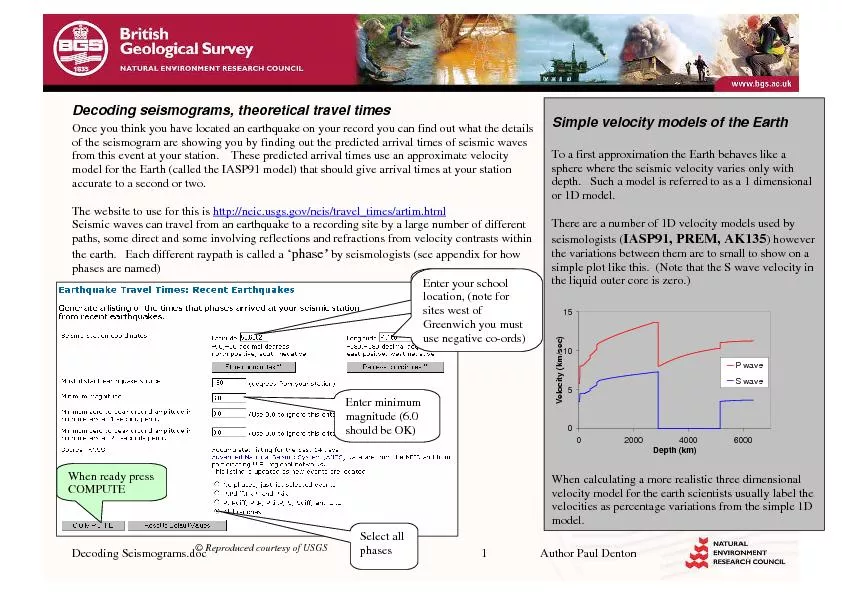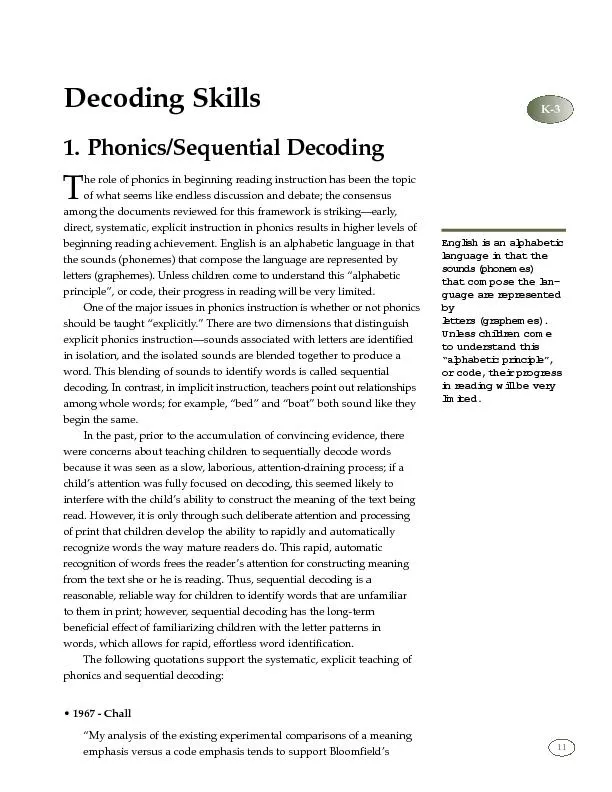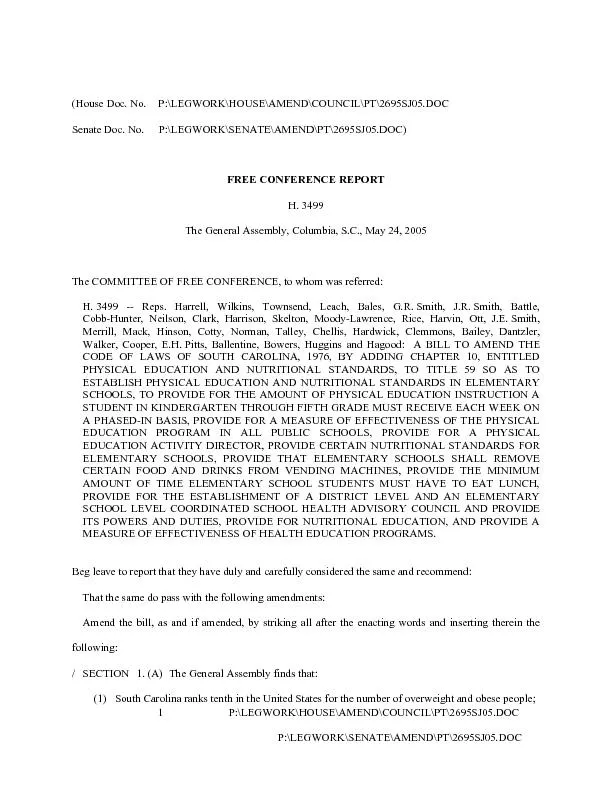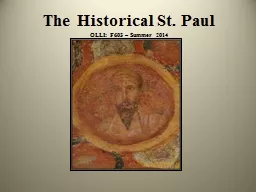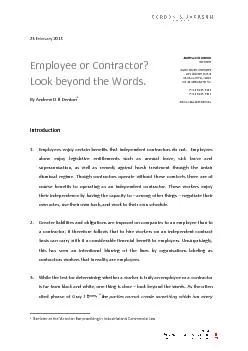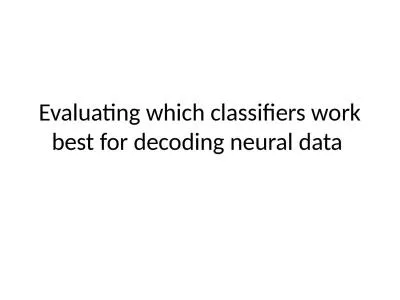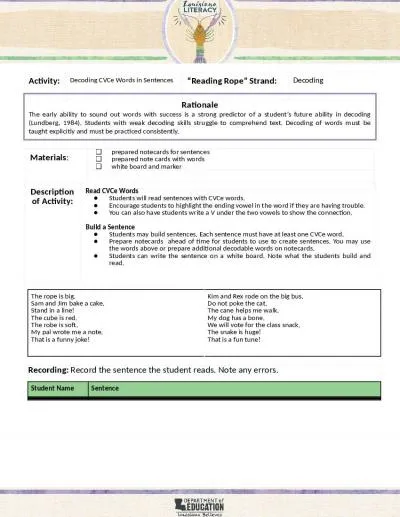PDF-Decoding Seismograms.doc 1 Author Paul Denton
Author : pamella-moone | Published Date : 2016-07-30
of the seismogram are showing you by finding out the predicted arrival times of seismic waves from this event at your station These predicted arrival times use an
Presentation Embed Code
Download Presentation
Download Presentation The PPT/PDF document "Decoding Seismograms.doc 1 Author Paul..." is the property of its rightful owner. Permission is granted to download and print the materials on this website for personal, non-commercial use only, and to display it on your personal computer provided you do not modify the materials and that you retain all copyright notices contained in the materials. By downloading content from our website, you accept the terms of this agreement.
Decoding Seismograms.doc 1 Author Paul Denton: Transcript
Download Rules Of Document
"Decoding Seismograms.doc 1 Author Paul Denton"The content belongs to its owner. You may download and print it for personal use, without modification, and keep all copyright notices. By downloading, you agree to these terms.
Related Documents

